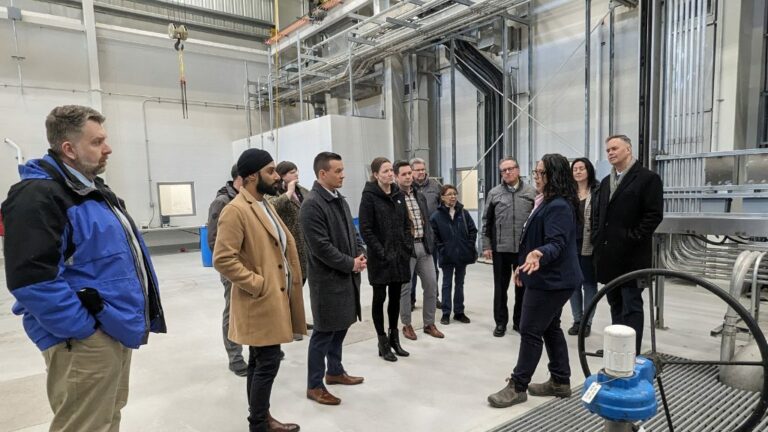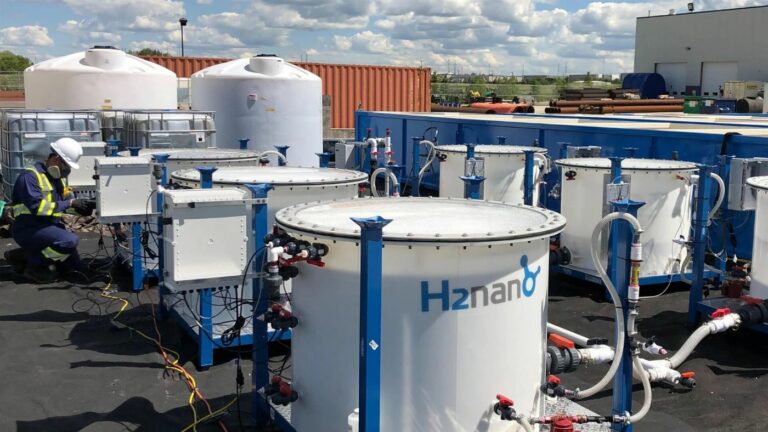A new white paper provides utility decision makers with actionable learnings to accelerate their adoption of digital solutions and address critical water challenges.
The paper also introduces the Digital Water Adoption Curve, a new tool developed to help utilities assess their digital maturity and map their digital future.
The white paper, titled Digital Water: Industry Leaders Chart the Transformation Journey, was released by the International Water Association (IWA) and global water technology company, Xylem. Will Sarni, chief executive officer of Water Foundry, was the key author of the report.
Global water challenges, like climate change, population growth, increasing urbanisation, and ageing infrastructure, continue to intensify. According to IWA, the latest data from the United Nations estimates that 3.6 billion people – almost half the global population – live in areas that are potentially water-scarce at least one month per year.
The data also shows that more than 5 billion people could suffer water shortages due to climate change, increased demand, and polluted supplies by 2050. Against this backdrop, water and wastewater utilities are turning to new and innovative solutions, including digital technologies, to drive sustainable water management.
“At a time when global water challenges are escalating, digital solutions offer communities around the world bold, new ways to optimise, manage, and conserve this most precious resource,” said Kala Vairavamoorthy, executive director of IWA. “‘Digital Water: Industry Leaders Chart the Transformation Journey’ leverages the insights of IWA members to help utilities learn from their peers, harness the power of digital technologies, and enable communities around the world to become more water secure. Only together can we shape our water future.”
“The world has to think and act differently about water,” said Patrick Decker, president and chief executive officer of Xylem. “There simply is no other choice. Water challenges like scarcity, affordability, and resilience are placing millions of human lives at risk, endangering our environment and the global economy, and impeding social progress.”
“These urgent threats are not some far-off problem in the future,” Decker added. “They are upon us and growing by the day. We need step-change, and digital innovation is the answer. This paper is a call to action to water stakeholders around the globe. We have the opportunity of a lifetime to solve water and to change history – let’s seize it.”
Valuable lessons from utilities on the digital journey
Digital Water: Industry Leaders Chart the Transformation Journey provides insights to water utilities at all stages of digitalisation. The report also shares key utility leaders’ insights in their own voices.
“The world is moving in the direction of technology,” said Richard Appiah Otoo, chief technology officer of Ghana Water Company Limited, one of the nearly 40 utilities that provided input to the white paper. “Ghana Water experienced a 14 per cent increase in revenue after digital technologies increased water bill collection efficiency and provided customers with a mobile billing option.”
“The digital strategy has to become a corporate strategy. It’s not an option to sit there and let it happen, you have to plan for it,” commented Biju George, executive vice president of DC Water. “You have to train your employees towards that, you have to relook at every process. You have to design your systems to give you the data you need to make efficient decisions.”
“If you have any doubt, just try it,” said Claire Falzone, chief executive officer of Nova Veolia-France. “Try small at first if you don’t dare to dream big. This is just the beginning of the digital water journey and if you don’t adopt digital technologies, someone else will.”
Some takeaways from the report include:
- Build a holistic digital roadmap and a clear business strategy: Utilities must create internal consensus on how the digital journey will unfold. They must also maintain the customer and business outcomes as focal points throughout the digitalisation process, as well as educate key stakeholders (consumers, politicians, shareholders, management, and employees).
- Create an innovation culture: Utility operators, IT staff, finance, technicians, executives, and others have to be the scouts for identifying new technologies. However, to drive adoption, utilities must focus on fostering an organisation-wide curiosity and competency for embracing digital innovation.
- Leverage pilots for an agile mindset: Pilot projects offer a means to explore new technologies, build momentum, and create a more holistic understanding of their physical and financial effects on operations before committing to large-scale implementation.
- Develop architecture for optimising data use: Developing a data warehouse – where operational data sets become available to functions such as finance, engineering, and IT specialists who can use the data to optimise business processes – is critical to creating value from data and effectively digitalising utility infrastructure and connectivity.









